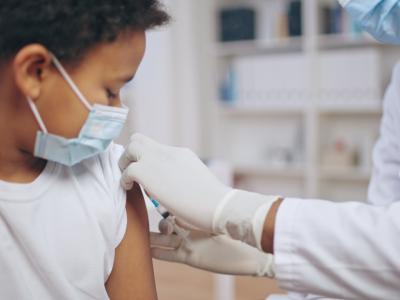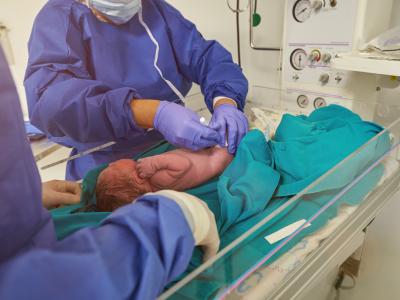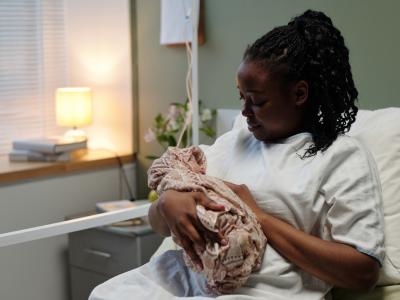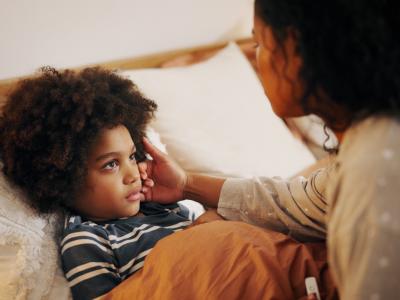Today in Morbidity and Mortality Weekly Report, researchers using the Centers for Disease Control and Prevention (CDC) arthropod-borne disease surveillance data confirm that West Nile virus remains the most common mosquito-borne disease in the United States, with almost 3,000 cases reported in 2021.
The surveillance data shows 3,035 cases of domestic arthropod-borne diseases, including 2,911 of West Nile, 40 cases of La Crosse, 32 cases of Jamestown Canyon, 24 cases of Powassan virus, 17 cases of St. Louis encephalitis, 5 cases of eastern equine encephalitis, and 6 cases of an unspecified California serogroup virus.
All cases were reported from all states except Hawaii and the District of Columbia, with 16% of all US counties reporting at least one case of arboviral disease.
Of the West Nile virus cases noted, 2,008 (69%) were classified as neuroinvasive, which included cases reporting encephalitis (64%), meningitis (30%), and acute flaccid paralysis (2%). Cases were reported from 432 counties in 49 states and the District of Columbia, with most seasonally reported (71%) during July, August, and September.
Arizona outbreak increased case counts
"Most patients with neuroinvasive disease (1,907; 95%) were hospitalized and 225 (11%) died," the authors wrote. Arizona had the largest number of neuroinvasive cases (1,140), or 57% of all US cases. The activity in Arizona made 2021 the most active year for West Nile in the United States since 2012.
"Reasons for the outbreak likely included late-season rain, recent population growth and housing development, and low levels of WNV [West Nile virus] circulation during the preceding year,” the authors wrote.
They said continued surveillance is needed, as there are no treatments for West Nile virus.
 The Centers for Disease Control and Prevention (CDC) today announced the launch of a
The Centers for Disease Control and Prevention (CDC) today announced the launch of a  A study using SARS-CoV-2 antibody and T-cell tests shows that 41% of 29 patients who developed a postviral syndrome (PVS) showed evidence of a previous COVID-19 infection, suggesting that millions of Americans with long COVID symptoms were exposed to the virus early in the pandemic but couldn't access testing.
A study using SARS-CoV-2 antibody and T-cell tests shows that 41% of 29 patients who developed a postviral syndrome (PVS) showed evidence of a previous COVID-19 infection, suggesting that millions of Americans with long COVID symptoms were exposed to the virus early in the pandemic but couldn't access testing.











